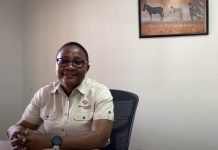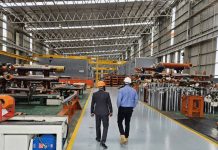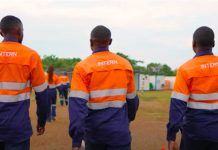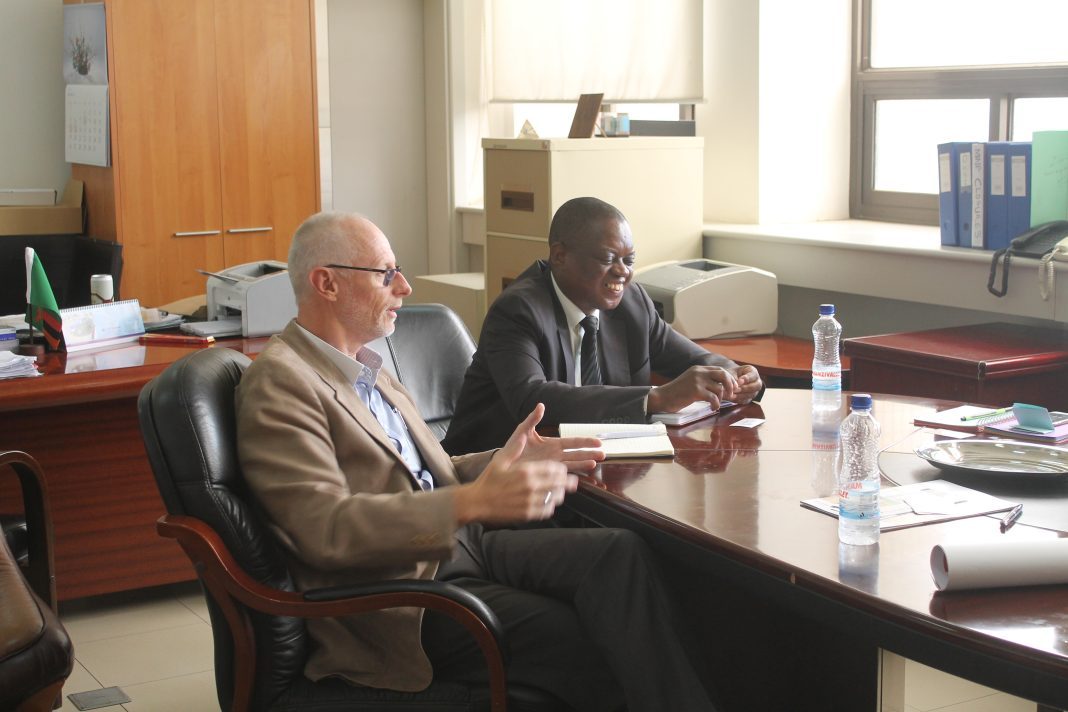How much copper does Zambia produce every year? It’s a straightforward question, yet until very recently, one might get several different answers, depending on which government department or agency one asked.
“You’d get contrasting sets of figures, sometimes varying by up to 40%, depending on whether you were asking, say, the Central Statistical Office, the Bank of Zambia or the Zambia Revenue Authority,” says Mooya Lumamba, Director of Mines at the Ministry of Mines and Mineral Resources.
“But that’s all in the past. Today, thanks to the work of the European Union-funded Mineral Production Monitoring Support Project, Zambia’s mineral production monitoring capability has changed beyond all recognition, and that sort of ambiguity no longer exists.”
The €5.37-million (K67-million) Mineral Production Monitoring Support Project is a four-year programme funded by the European Union. Its objective is to help Zambia to improve its economic governance by strengthening the capacity of the Ministry of Mines and Mineral Development to monitor mining and mineral activities in the country. More accurate information means royalties on production can be determined with greater confidence – not just on copper, but on other minerals too, including gold and gemstones.

“Before the project started, we were severely hampered by a lack of funding,” says Lumamba. “We did not have the tools and expertise to conduct proper verifications. Our testing facilities and laboratory equipment had become dilapidated.”
Ron Smit, the chief consultant on the project, recalls how serious the situation was: “The skills were there, but the system itself wasn’t working well. The laboratory was particularly bad, with outdated or broken equipment. The reporting requirements for mining companies were too broad, and needed to be more detailed and specific. A complete change was needed.”
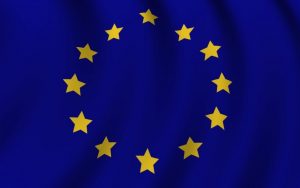
The most visible aspect of that change today is the newly refurbished laboratories at the Geological Survey Department, where water-reticulation systems, electrical wiring and air-conditioning have been repaired or replaced.
The chemistry laboratory has received brand-new equipment that includes handheld XRF Analysers, (which can analyse the mineral composition of rocks or powder simply by being pointed at a sample); Ultra-Violet Visible Spectrophotometers (which can analyse a wide range of solutions containing metal ions and organic compounds; and various microscopes (which are able to analyse gemstones such as emeralds, sapphires and rubies). Laboratory technicians are being trained in how to use the equipment correctly. More equipment is being procured this year.
“The introduction of new permitting software in the Ministry during June 2016 has resulted in the faster processing of export, import and trading permit applications,” says Smit.
Another central aspect of the project’s work is a new reporting format for mineral production statistics. “The old reporting format was too broad, and focused only on the quantity of finished production coming out of a mine or mineral facility,” says Smit. “The new monthly reporting format, called Form 34, is more specific and looks at key stages of the production process. It is now easier to spot discrepancies and inaccuracies, and reconcile overall figures.”
Form 34 has been enshrined in law, and became part of the General Mining Regulations in January 2016.
Perhaps the most important aspect of the project has been the integration of the new and improved production statistics into a central database that can be accessed online, not just by government departments, but by the mines themselves. The database is called the Mineral Output Statistical Evaluation System – but everyone refers to it as MOSES. It was developed as part of a separate capacity-building programme funded by the World Bank, Norway and other partners.
“MOSES enhances both efficiency and transparency,” says Smit. “The mines can log in and fill in their Form 34 statistics. Governments departments and agencies can access the same information. So now there is one set of figures everyone can agree on.”
MOSES will ultimately permit inspectors at Zambia’s border posts to reconcile the quantities of minerals being exported with export permits, and what was actually produced at the mine.
There is still some work left to do before the project officially ends in January 2019, but both Smit and Lumamba agree that Zambia’s mineral-production monitoring capability has vastly improved, and is now at a completely different level.
More accurate information should lead to improved tax collection from all mining activities
Says Lumamba: “We are 100% confident that the system is working well. Any discrepancies – whether intentional or accidental – between actual production and recorded production is now only down to a few percentage points. Most importantly, these discrepancies can be monitored and corrected.”
Accurate reporting is particularly important in the mining of base metals, says Smit, because the ores contain other metals. “When you mine gold, for example, you just get gold at the end. But when you mine a base metal such as copper, you can also produce by-products such as cobalt, gold and silver, depending on the specific ore.”
Also, the numerous stages of the copper production process – from leaching and flotation to smelting and casting – means mineral-bearing material is mixed and moves around a lot, not just within mines but between mines and smelters too. This can result in statistical errors along the way – for example, accounting for the same quantity of copper twice.
Lumamba and Smit say there have been clear instances of some mining companies producing inaccurate production statistics, which have been queried; equally, they suggest, this does not mean it is happening systematically throughout the industry.
“It is wrong to say that structurally, the entire mining industry is deliberately producing misleading production figures,” says Smit. “But there are a few problem areas.”
Lumamba adds: “Some companies come from good backgrounds and cultures, and they do the right thing.”
The vastly improved quality and accuracy of mineral reporting in Zambia inevitably raises the question about allegations by various NGOs such as Publish What you Pay – repeated in the media recently – that every year, Zambian mines are “stealing” up to $3 billion of copper production that does not reflect in official statistics.
“These allegations are wholly untrue, and come from a position of ignorance – not just about how copper is mined and produced, but how our mineral monitoring systems work,” says Lumamba. “It’s alarmism.”
Smit agrees. “We have noticed that this particular allegation has been recycled in the media for several years now, but no one ever offers any proof.”
With copper and other metal prices starting to creep up again, the newly established production monitoring capability of the Ministry of Mines and Minerals Development comes at a particularly opportune time.
These improvements, together with the annual Zambia Extractive Industry Transparency Initiative (ZEITI) reports, now into their seventh year, mean that Zambians can and should have greater confidence in the transparency and accuracy of mineral production figures and associated tax revenues.











